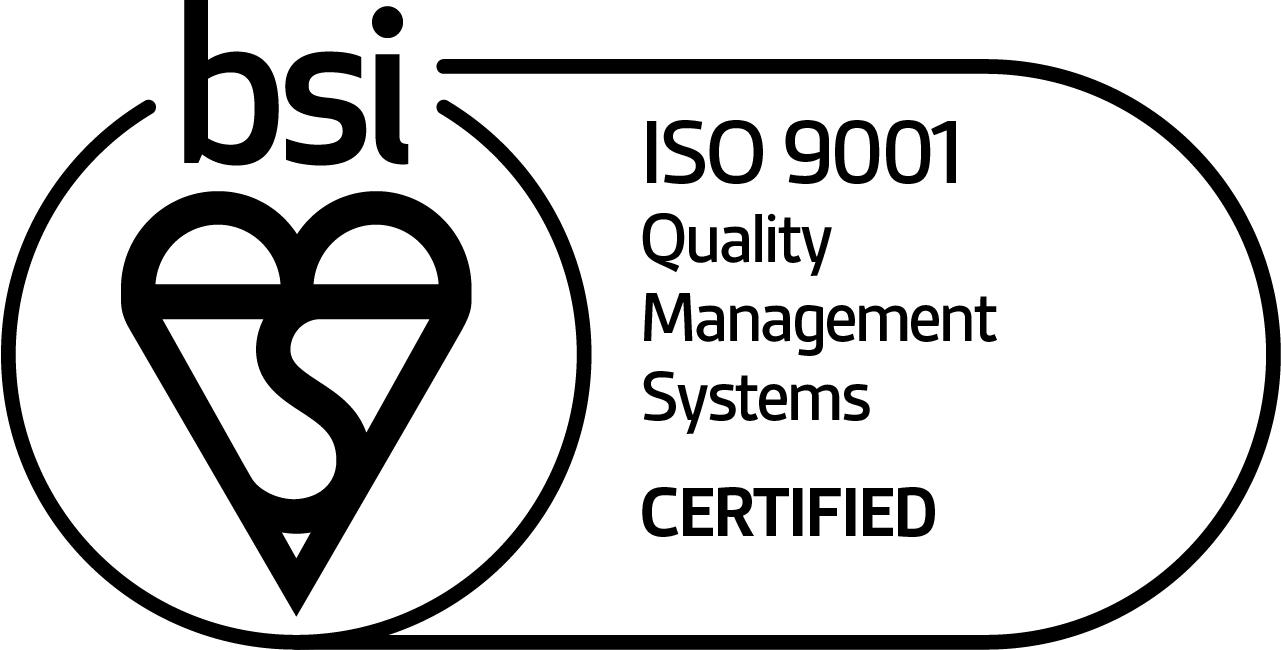| How Raynaudís Disease is Treated24 September 2015 Whether you suffer from Primary Raynaud’s Phenomenon or Secondary Raynaud’s Syndrome, there is sadly no cure for either. Those with primary Raynaud’s may be lucky enough to see their symptoms fade as quickly as they came within a few years of their arrival, but for many people their relationship with Raynaud’s is for the long run. While there may be no absolute cure for this chilly condition, there are ways of treating it so its impact on your everyday life can be lessened. Help YourselfThere are many ways that small changes to your lifestyle can help control the frequency of Raynaud’s attacks, more information on self-help and home treatments can be found in our dedicated blog post. The general rule, as with any attempts to stay healthy, is to live healthy! So if you’re a smoker, try to quit, if you’re a caffeine fiend, cut back, and if you spend more time with the TV than the treadmill, give some exercise a go. Any improvement to your general health will have positive repercussions for how your life is affected by Raynaud’s Disease. Relax, Don’t Do ItLying awake at night worrying about that meeting tomorrow? Find yourself getting irate around the office? Well, don’t! Stress and anxiety are known to trigger Raynaud’s attacks in much the same way that the cold does. For some people meditation classes can work wonders to their overall state of mind, while others find Yoga to be a relaxing alternative. The important thing is to be able to recognise potentially stressful situations and not subject yourself to them. Cutting down on the caffeine will also help decrease your stress levels, while a herbal substitute like camomile, lemon balm or cinnamon can help keep you nice and relaxed and also nice and warm. What the Doctor OrderedCurrently there is only one drug licensed for the treatment of Raynaud’s in the UK, Nifedipine. This drug is a calcium channel blocker, which means it encourages the widening of blood vessels so that they cannot constrict enough to completely deprive areas like fingers and toes of blood during a Raynaud’s attack. Nifedipine may be prescribed in daily doses or only when the weather turns cold and is not without negative side effects such as headaches, dizziness and a swelling of certain body parts such as the hands and feet. Other drugs are known to be prescribed including enzyme inhibitors and fluoxetine which is more commonly used in the treatment of depression, these tend to be considered the controversial choice for treating Raynaud’s as there is little evidence to support their use. For those who suffer from particularly bad strains of Raynaud’s Disease then surgery such as botox injections is possible. This may also involve a procedure known as sympathectomy where the tiny nerves around the blood vessels are stripped away in order to lessen their sensitivity, this option is rarely chosen by doctors as results both vary and are rarely permanent. For many sufferers of Raynaud’s managing the condition comes down to a balance of lifestyle changes, wrapping up warm and possibly prescriptions of Nifedipine and other drugs. We try our best to provide great products that can help you make the most of your winter without worrying about Raynaud's slowing you down, so whether you're following doctor's orders or making your own lifestyle changes, we're here to help you stay healthy and heated this cold season! To find healthy heat options for staving off Raynaud’s through the winter, visit our online store today. | ||||||









